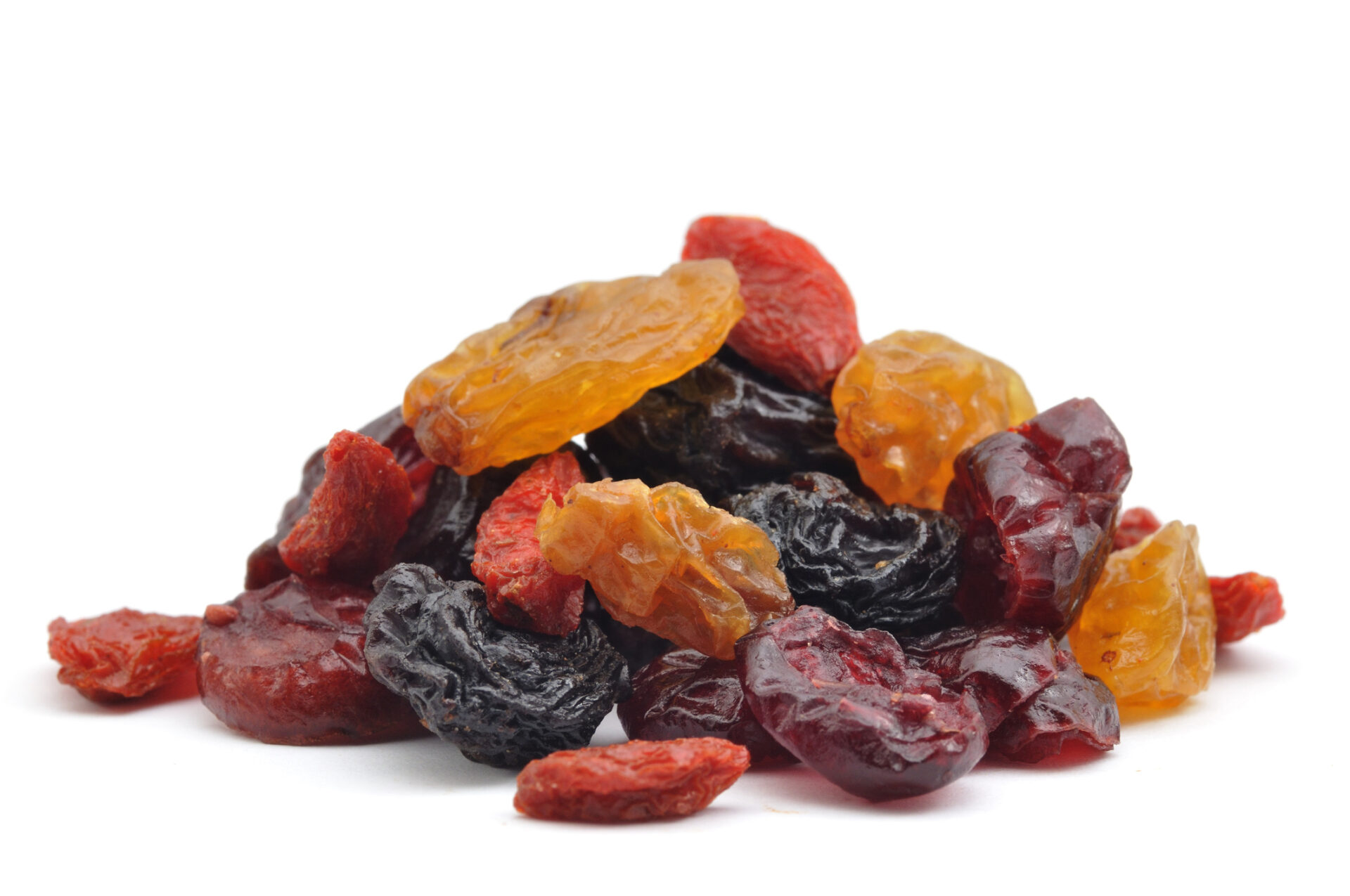
Ever wondered about food preservation? Where did it all start? Why do we do it? And what are the best methods for drying food at home?
The need to preserve food from spoilage is essential for human survival during lean times. In the past, people harnessed the power of nature to preserve food, freezing meat for later use in colder climates and drying food in the sun in arid climates. These practices had a major impact on civilisation by allowing ancient humans to settle in communities rather than continually migrating in search of food.
Food preservation in one form or other has been practiced in almost every culture across the ages. There is evidence of Middle East and oriental cultures purposely drying their foods (fish and meat) using heat from the sun as far back as 12,000 BC. Romans were known to enjoy a variety of dried fruits. Vegetables, herbs and fruit were dried in specially constructed ‘still houses’ during the Middle Ages. The lack of sunlight in some areas was compensated for by lighting a fire inside the still house that not only dried the food, but also smoked it—further preserving it.
Fruit and vegetables begin to spoil from the moment that they are harvested. Spoilage occurs by the growth of pathogens such as bacteria or mould, as well as by oxidation that destroys the essential components of cells. Food preservation aims to prevent or delay spoilage by eliminating the effects of both pathogens and oxidation.
Although there are several ways to preserve food, this article will focus on the different methods for drying or dehydration of fruit, vegetables and meat.
This ancient form of food preservation continues to be a popular method for increasing the shelf-life of food. Many modern techniques have been developed to speed up the process and make it more efficient. The principles behind the practice, however, remain the same; the aim is to dry out food until there is not enough moisture to support microbial growth and activity.
A large variety of fruits, herbs and vegetables are suitable for dehydrating. Vegetables that are blanched (briefly pre-cooked) prior to dehydrating will last longer once dried. For a longer shelf-life, store dehydrated food in airtight jars or containers or vacuum sealed food bags to help prevent moisture from entering.
These two techniques are very similar as they both rely on the fruit and vegetables to be cut into even pieces to ensure that they’re dried as evenly as possible. Quarter-inch (approx. 6 mm) rounds laid out in a single layer deliver the best results.

This method is best suited to smaller food items such as herbs, chilis and mushrooms. Vegetables and herbs are simply strung up individually or in bunches (using a natural, non-toxic string is recommended) in a dry area such as a kitchen, pantry, undercover porch or a well-ventilated attic. Use paper or cotton bags with holes for airflow to cover and protect the food from contamination and insects.
Use this simple method to make mouth-wateringly delicious sun-dried tomatoes! Slice the tomatoes (or anything else you want to dry) into thin rounds and set out in a single layer in a sunny spot for a few days.
For best results, dry the vegetables on a screen (use a window/door screen or make one yourself with wood and gauze). Once the food has completely dried, store it in jars.
Unfortunately, this method of food drying may not work in areas where the humidity is high. Too much ambient moisture in the air will encourage mould to grow on the food.

Astonishing as it may seem, the trusty microwave also works for drying! While it definitely wasn’t around when food drying first started, it is great for drying herbs and some varieties of leafy vegetables.
Place no more than five herb branches or 20 single spinach leaves between two paper towels in the microwave. Microwave them for 2–3 minutes, pausing at 30-second intervals to make sure the leaves don't burn. Once the leaves are dry, allow them to cool and store them in airtight containers. Use within a month for the best flavour.
Important safety note: Check that the paper towels are microwave safe before using them and do not use recycled paper towels, paper towels with printing or brown paper bags as they pose a potential safety hazard.
Chemwatch is here to assist in any way you need
While dried food may be safe to eat, many chemicals should not be inhaled, consumed or applied to skin. To avoid accidental consumption, mishandling and misidentification, chemicals should be accurately labelled, tracked and stored. For assistance with chemical and hazardous material handling, SDS, labels and large quantities of chemicals, contact Chemwatch on (03) 9573 3100.
Sources: